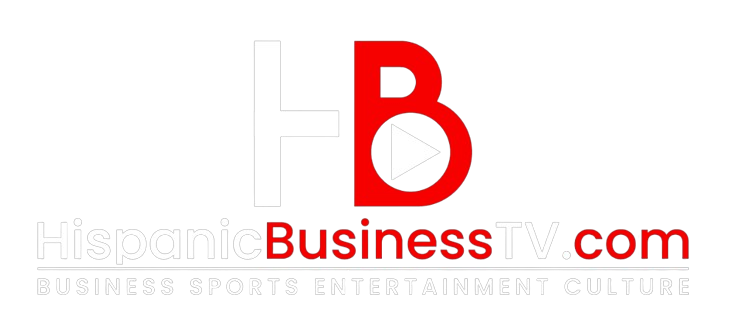Over the past year, music video network Vevo has brought on more than 15 new SSP and DSP partners to help manage its growing inventory supply, including Yahoo DSP, FreeWheel, Magnite, Index Exchange and Nexxen.
Vevo now has over 15 different FAST channels themed around music genres (e.g., pop, country), decades (’80s, 2K) and even holidays or cultural events, such as Vevo Features, which programs content around things like Women’s History Month or Halloween.
But when Rob Christensen first joined Vevo in 2019, 100% of its ad business consisted of direct orders from buyers, he told AdExchanger.
The nature of Vevo’s demand has changed so drastically since then that Christensen believes there will be an even split between direct and programmatic in the not-too distant future.
In Christensen’s words, Vevo is simply “skating where the puck is going.”
Mo inventory, mo problems
But don’t expect to see much of Vevo’s programmatic inventory on an open exchange.
Most of what’s available for programmatic transactions is sold via private marketplace deals, after first being married to data from brokers like TransUnion and LiveRamp. Vevo doesn’t have much of its own first-party data available since it doesn’t require user registration.
Vevo’s placements are in high enough demand, Christensen said, that it doesn’t have much remnant inventory to unload and can choose to focus on programmatic guaranteed deals instead.
Because if new music videos from Kendrick Lamar, Sabrina Carpenter and Shakira aren’t considered premium, then what is?
OK, ladies, now let’s get in franchisation
Some of Vevo’s programmatic deals are transacted through YouTube via a partnership that allows advertisers to access Vevo inventory via Google DV360. Those buys can also count toward a brand’s overall YouTube ad buy, Christensen said.
There are also inventory packages based on artist takeovers and sponsorship opportunities, including a franchise program that Vevo introduced in advance of upfronts last year.
Essentially, ad spots in any new content created and released by an artist in the program would automatically be made available for the brand optioning that franchise.
So, hypothetically, if Beyoncé releases a surprise visual album follow-up to “Cowboy Carter” and Red Lobster has the franchise program rights to Beyoncé’s musical output for the next year, then the video debut on Vevo will likely be accompanied by some Red Lobster ads.
The program only gives advertisers access to a small, albeit premium, sliver of Vevo’s overall pool of inventory, though. Beyoncé is (unfortunately) just one person, although she no doubt generates a lot of streams.
That’s why, during this year’s upfront season, Vevo plans to increase the number of available franchisable artists, identify the content and audiences that are most in-demand and then create more opportunities for advertisers to buy against.
All of those priorities are “why we needed to step up our game with our ad tech stack, to give us as many tools as possible for those types of executions,” Christensen noted.











